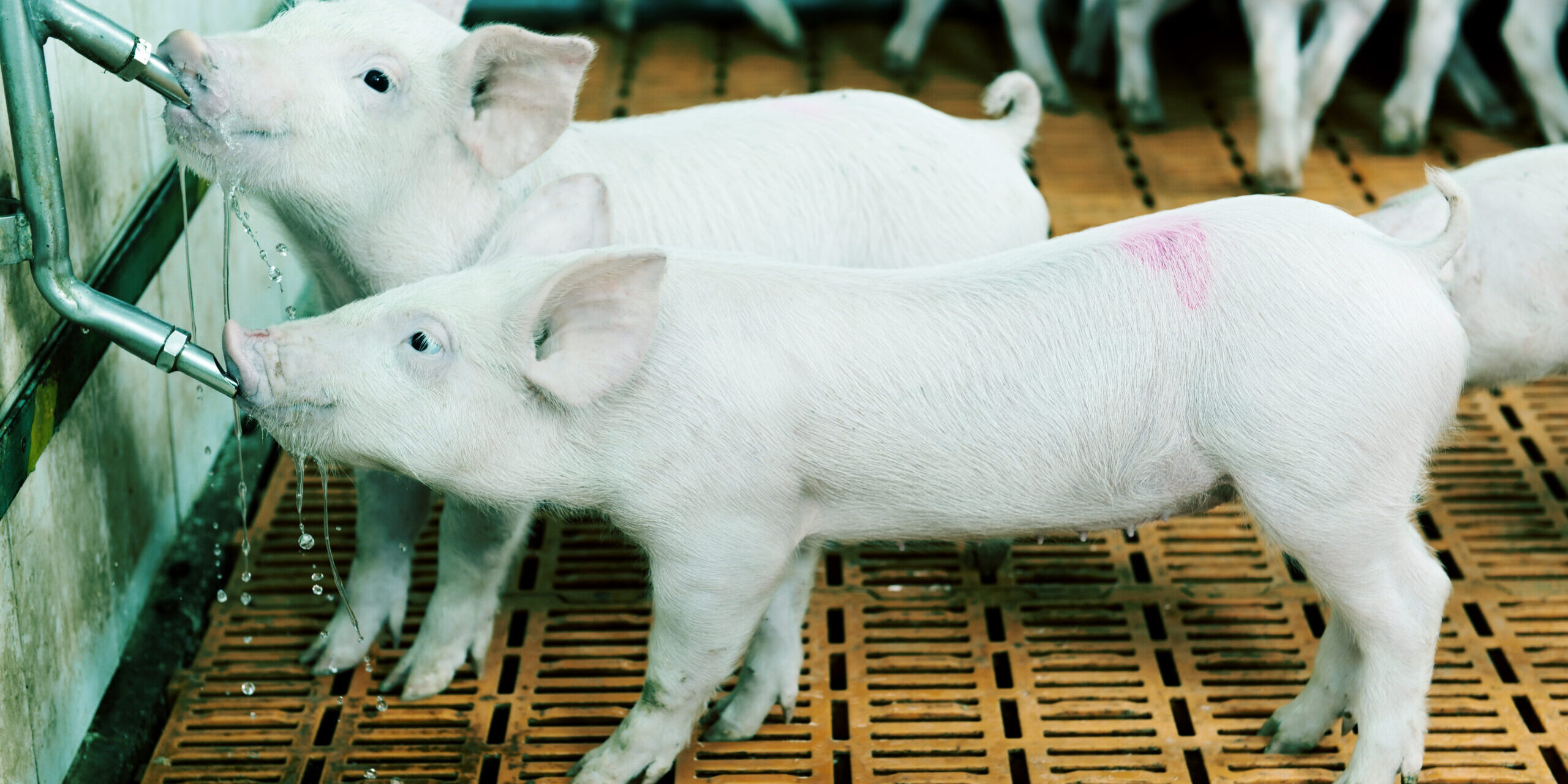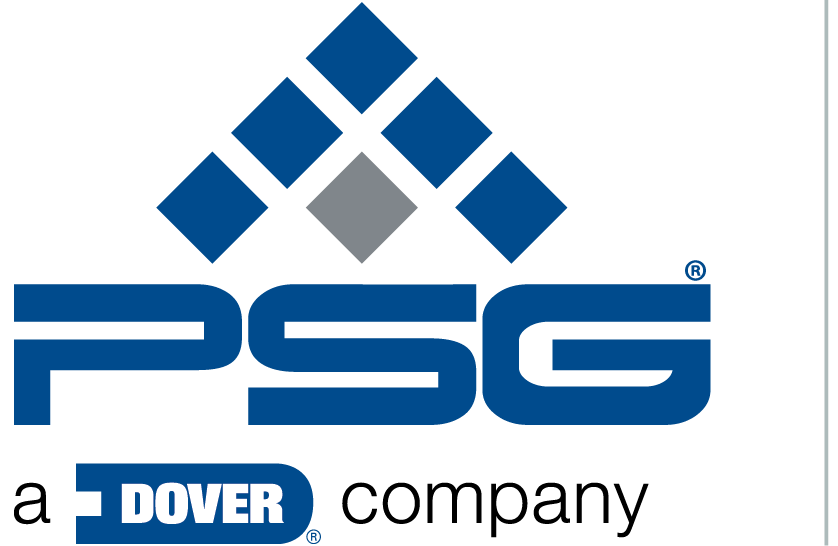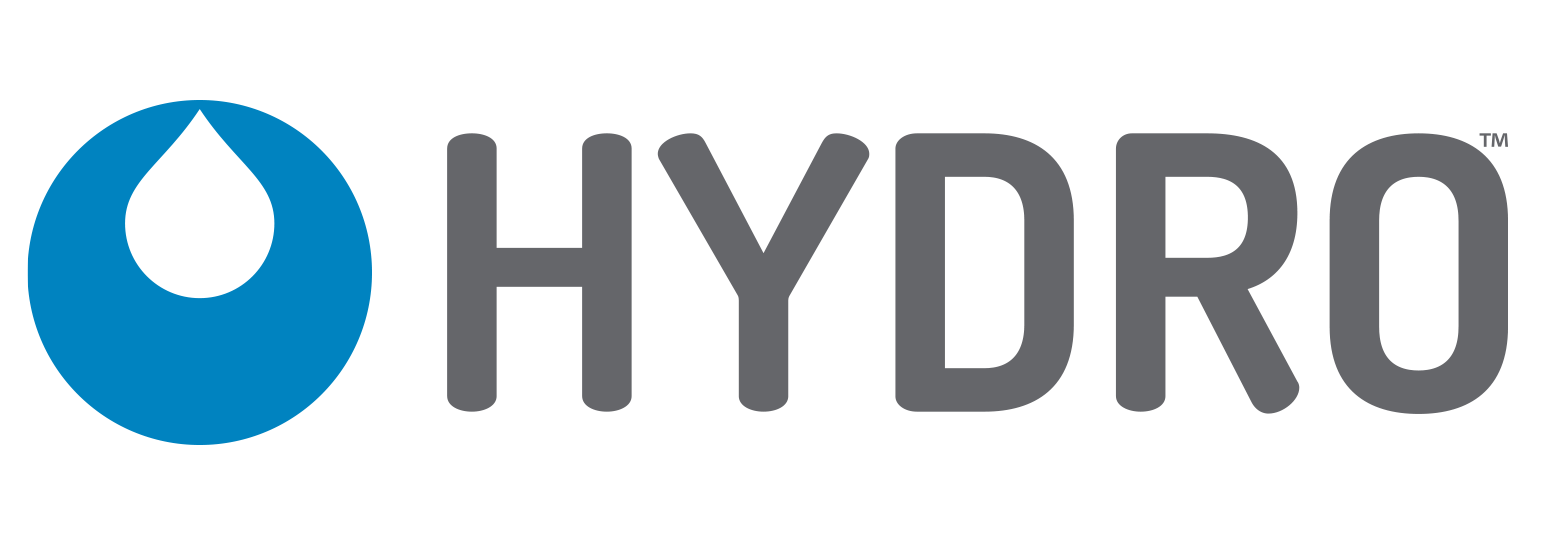Supporting Biosecurity with the Right Dosing Solutions

Download the full white paper.
Maintaining a healthy farm with proper cleaning and sanitation
Risks on the Farm
According to the 2012 U.S. census, 3.2 million farmers operated 2.1 million farms covering more than 900 million acres of land that year. In order to be profitable, farms must be properly managed and avoid being impacted by issues such as poor weather and diseases that can devastate crops, as well as poultry and cattle populations. In some cases the presence of disease is not realized until the food product makes its way to foodservice operators, retail shelves or even consumers’ homes.
Food recalls of meat, poultry and processed eggs occur under the supervision of the U.S. Department of Agriculture’s Food Safety and Inspection Service (FSIS). Between 1994 and 2013, FSIS recorded 1,300 meat and poultry recalls. Nearly three-fourths of the recalls were labeled as Class I, the most severe type, to alert consumers to the high probability of dangers like Escherichia coli (E. coli), Listeria monocytogenes or Salmonella. Additionally, the U.S. Food and Drug Administration (FDA) tracked over 750 food recalls in 2016 alone, a 22 percent surge compared to 2015. Food recalls not only pose a health threat to the people consuming the food, they can negatively impact the financial stability of a farm.
When diseases, such as avian influenza and Newcastle disease, are discovered on the farm, flocks and herds have to be culled. In other words, the sick animals and animals exhibiting early disease symptoms must be killed in order to prevent further spread of the disease to healthy animals. A 2016 outbreak of avian influenza in Germany resulted in the death of 30,000 chickens at just one farm, and many other outbreaks were reported throughout the country and in Switzerland, Austria and Hungary.
According to the UK’s Department for Environment, Food & Rural Affairs and Animal and Plant Health Agency, farm animal diseases are typically spread through
- animals moving between and within farms
- movement of people, especially workers, between and within farms
- sharing vehicles, machinery, equipment, feed and bedding between farms
- farm visitors – people, pets, equipment and vehicles
- contamination by wildlife and vermin
- animals drinking from contaminated sources of water
- dirty equipment, animal pens, hoof baths or towels
Thankfully, there are protective measures that farms can take to reduce the entry and spread of pests and diseases. These initiatives are referred to as farm biosecurity. A strong biosecurity program will limit the number of pathogens to safe levels in areas where animals are housed. Examples of tasks that support biosecurity include:
- Cleaning and disinfecting equipment and vehicles before entering and exiting the premises
- Equipping all zones with cleaning and disinfecting equipment and products
- Establishing regular cleaning routines to ensure ongoing pen sanitation and regularly flushing and cleaning water lines
As the size of the farm increases, so does the need for tighter biosecurity measures. For example, the risk of illness increases in a barn with lots of chickens per square foot compared to one with only a few animals. This is because, with less space to move freely, birds can easily step in other chickens’ waste and become sick.
There are tools that can help farmers more easily accomplish their biosecurity goals, including water-driven pumps (WDPs). Understanding the role and benefits of WDPs, how to select the proper WDP and solutions available today will lead to success.
Water-driven Pumps
WDPs can be used in a variety of different environments and in many different applications within those environments. At farms, WDPs are used for the following tasks:
• Providing clean water: Many U.S. farms pull drinking water from local ponds and wells. Surface water from ponds, lakes, streams, etc. is at the highest risk for contamination due to risks such as easy access for wild animals, sewage discharges and drainage from upstream cattle operations. Water from wells is less risky but is still not considered as safe as municipal water, which is required by law to meet certain drinking water standards. Well water can become contaminated when the well is located too close to flood zones, septic tanks, manure storage and more. Additionally, if the well casing cracks, this can spell disaster for water quality. Proper sanitation of potentially unsafe water is needed to keep animals like chickens, pigs and cows healthy. WDPs help ensure that clean water is available for these animals by sanitizing the drinking water with chlorine and organic acids.
• Cleaning and sanitizing trucks, equipment and surfaces: Trucks and agricultural equipment on the farm can easily track in diseases, pests and weeds in plant material, soil or manure. Areas of concern on trucks include the inside of the wheel arches, undercarriages, grills and steps leading up to the cabin. A WDP enables foam cleaning, which increases surface contact time with the cleaning product. Foam cleaning is also ideal for providing a deeper clean for surfaces within barns, as well as equipment that is used throughout the farm.
Additionally, WDPs can be used to fill biosecurity mats, which help disinfect workers’ shoes and animal hooves to prevent cross contamination throughout different areas of the farm.
• Providing necessary nutrients, vaccinations and antibiotics to animals through the water supply: According to the Food and Drug Association (FDA), about 80 percent of all antibiotics sold in the U.S. are given to animals raised for food, equaling more than 32 million pounds of antibiotics in a single year. The Veterinary Feed Directive (VFD), in effect since January 1, 2017, aims to cut back on the use of antibiotics in animals, unless it is absolutely necessary, such as treatment for clinically sick flocks. One of the most common ways to replace antibiotic use is to increase the use of direct-fed microbial or probiotics. Other changes involve enzymes, prebiotics, oligosaccharides, organic acids and phytogenics. WDPs are great for administering all of these essential dietary products to animals in order to support long-term health.
WDPs benefit not only farms, but the retailers and restaurants that sell farm products and the people who purchase and consume them. By providing clean water, vehicles, equipment and properly dosed nutrients and vaccinations, WDPs reduce the opportunity for the spread of illness and unnecessary death among livestock and flocks. This is important because disease treatment and animal deaths can significantly hurt a farm’s expected profits. Healthier animals also produce cleaner meat and eggs, which helps prevent the risk of potentially deadly foodborne illnesses such as E. coli, as well as costly recalls. The higher the quality of the food, the more easily a farm can maintain a trusted reputation and strong relationships within the global food supply chain, ultimately achieving higher profits.
Selecting the Right WDP
There are numerous types of WDPs and using the wrong one can reduce productivity, increase the risk of animal illness, negatively impact the lifespan of the system and drive up costs. How can farmers avoid these frustrations? Consider numerous factors ahead of purchasing a WDP, including:
• Application: First ask yourself what the WDP is supposed to help accomplish. This will narrow down which area (livestock, greenhouse, brewery, teat dip mixing, etc.) the WDP is meant to aid, and what its main purpose will be (injecting drugs, cleaning pipe lines, injecting chlorine or fertilizing plants).
• Water flow rate: It’s important to determine the water flow to understand whether you have a high, normal or low flow rate. It’s possible that you may need a WDP with alternative flow rates in order to properly dilute chemicals.
• Water line pressure: Find a WDP that is specifically designed to operate at a wide range of pressure ratings.
• Chemical injection ratio/percentage: When diluting and delivering vaccinations to animals, accuracy is key. WDPs should support the correct ratio or percentage of chemical needed in order to obtain the desired outcome.
• Type of chemical dosed: If a wide range of chemicals are being used (liquid, powders, aggressive, high viscosity, etc.), it’s important to find a WDP that can handle it all. The WDP should not deteriorate when certain chemicals are used. Traditional WDPs are eaten alive by chlorine and organic acids, so it’s important to look for a newer WDP that is designed to work with these chemicals.
• Adjustability: Since poultry life cycles require different amounts of drinking water and percentages of dosed chemical, the WDP must be flexible. Farms may also want to use the same WDP for dosing different chemicals over time.
WDPs do not need an electrical source to function, but the devices must be installed near water. Large farms should consider installing multiple WDPs throughout their property so that tasks like dosing vaccinations and sanitizing vehicles and equipment can be completed with ease.
Regular maintenance is also key to ensure WDPs don’t become brittle, malfunction, get backed up or perform poorly. Maintenance may include cleaning the filter or strainer so chemical particles don’t get into the water valve and replacing metering tips for proper dilution at all times.
Solutions for Success
Hydro Systems is the world’s largest independent manufacturer of proportioning and dispensing systems. The high-quality equipment is used across a number of applications, including cleaning and sanitizing, animal health, irrigation and laundry, and features user-friendly designs and minimal maintenance. Hydro Systems offers farmers trusted solutions to help them clean with confidence and ensure that swine, poultry and other animals are properly cared for.
Consider using the following dispensers and injectors to meet various biosecurity needs on the farm:
• AccuPro – The AccuPro is a pressure regulating chemical dispenser that can be used to fill pump sprayers that spray down tires, vehicles and other equipment entering the farm. This dispenser ensures water pressure is regulated by using metering tips and innovative engineering, and guarantees proper chemical performance.
• AquaBlend – This injector is specifically engineered to accurately medicate and/or treat water in most agricultural environments. It is designed to handle both liquid chemicals and wettable powders, making it ideal for delivering medications and vaccinations to animals like chickens and pigs.
• Chemilizer – The Chemilizer is an industry-leading proportional liquid chemical injector that injects a precise amount of chemical in proportion to a volume of water. The injector uses proven diaphragm technology to accurately dose water.
• HydroFoamer – This unit’s unique injection concept mixes the proper amount of concentrate with both air and water to produce a thick, rich foam for longer soak time. The HydroFoamer is portable and offers automatic dilution and convenient controls, making it easy to clean and disinfect equipment.
• HydroLean – This double dilution system dilutes chemicals to the lean proportions necessary to care for the water lines and kill algae. It pulls concentrated chemical from a container, mixes it with water and stores it within a nearby reservoir. A volumetric injector then pulls the diluted solution from the reservoir and dilutes it again, producing concentrates as low as 1 parts per million (ppm).
• HydroMaster – This high quality and compact drum, or wall-mounted proportioner, automatically mixes liquid cleaning and sanitizing concentrates with water and dispenses the diluted solution into any sized container. The HydroMaster limits exposure to concentrated product and eliminates the need for manual mixing which is often time consuming, unsafe and results in imprecise solutions.
Hydro’s Water-Driven Pump HydroGuide is an online tool that can help farmers choose which WDP best meets their needs. The free tool is available at https://hydrosystemsco.com/products
A Safer Farm
According to the U.S. Department of Agriculture, the agriculture, food and related industries contributed $992 billion to U.S. gross domestic product in 2015. The output of America’s farms was $136 billion of this total. Maintaining a clean farm is extremely important in maintaining the health of livestock and flocks, as well as the people who consume farm products. Following a set of biosecurity measures is the easiest way to ensure that a farm is following the right procedures. Water-driven pumps can help with numerous biosecurity tasks, including providing clean water, sanitizing equipment and vehicles and administering key nutrients and vaccinations to animals. Trusted chemical dispensing technology reduces chemical waste, increases productivity and sanitation and protects the various animals living on a farm. Farmers should understand what to look for in a WDP so that they can choose systems that will best serve their needs.

Customer Service and Technical Support
Call 1-800-543-7184 Monday-Friday 8am - 5pm EST











